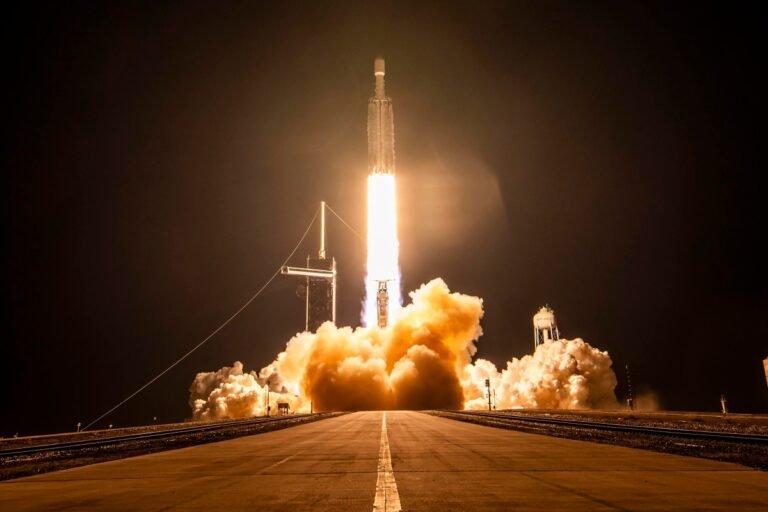NASA and Lockheed Embarks on Rolling Out the X-59 Supersonic Jet: A Cutting-Edge ‘Silent’ Aircraft

NASA and Lockheed Martin have finally taken the wraps off of the X-59, a “quiet supersonic” aircraft that may shape the future of both military and civilian air travel.
The X-59 has been under development at Lockheed Martin Skunk Works for years, following a $248 million grant from NASA in 2018.
NASA’s X-59 will help change the way we travel, bringing us closer together in much less time,” said Pam Melroy, NASA deputy administrator, in a press release.
“By demonstrating the possibility of quiet commercial supersonic travel over land, we seek to open new commercial markets for U.S. companies and benefit travelers around the world,” said NASA’s Bob Pearce.
Others than NASA and Lockheed are interested in this kind of flight, of course: Boom Supersonic is hard at work getting its own quiet supersonic test plane out there.




